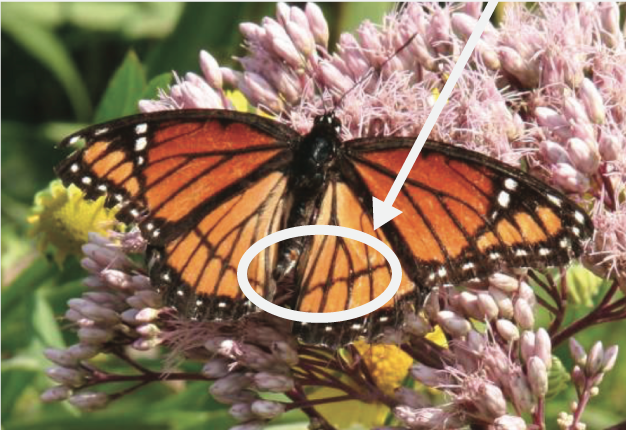Masters of Deception
This is Passport to Texas
In nature, deception can mean the difference between life and death for certain species; animals use camouflage and mimicry to fool predators and prey alike.
Stick insects look like slim twigs and-when among the branches of woody plants-go largely undetected by rodents, bats, and birds that would make a meal of them.
Eastern screech owls use cryptic coloration to blend into their surroundings. When perched in trees their feathers resemble bark; their prey may not notice them until it’s too late to elude capture.
By mimicking the color and pattern of the Monarch butterfly which is poisonous if eaten, the Viceroy butterfly manages to stay off the menu of species that
would otherwise make a snack of it.
Southern flounder, a species of flatfish, are predatory animals. Their coloring is similar to the gulf floor where they lay in wait unnoticed for potential prey-which they ambush once spotted.
A whitetail fawn’s spots help to camouflage it from predators. It works best when they are in a wooded setting, as their reddish coat with white spots resembles
dappled sunlight on the forest floor.
Even though in the human world deception seems like a cheap trick, in the natural world, it’s just the trick some animals need to survive.
For Texas Parks and Wildlife … I’m Cecilia Nasti



 Passport to Texas is a
Passport to Texas is a  Passport to Texas is made available by:
Passport to Texas is made available by: